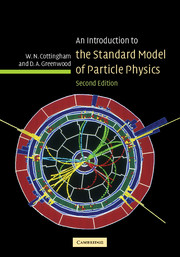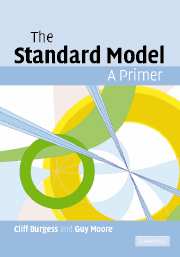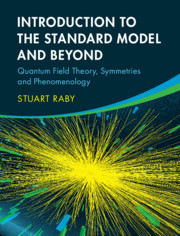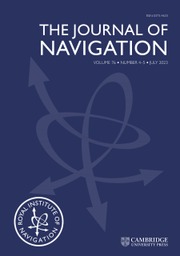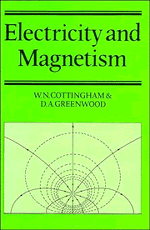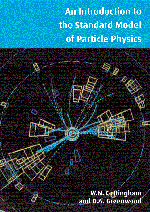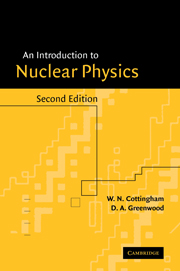An Introduction to the Standard Model of Particle Physics
The second edition of this introductory graduate textbook provides a concise but accessible introduction to the Standard Model. It has been updated to account for the successes of the theory of strong interactions, and the observations on matter-antimatter asymmetry. It has become clear that neutrinos are not mass-less, and this book gives a coherent presentation of the phenomena and the theory that describes them. It includes an account of progress in the theory of strong interactions and of advances in neutrino physics. The book clearly develops the theoretical concepts from the electromagnetic and weak interactions of leptons and quarks to the strong interactions of quarks. Each chapter ends with problems, and hints to selected problems are provided at the end of the book. The mathematical treatments are suitable for graduates in physics, and more sophisticated mathematical ideas are developed in the text and appendices.
- Thoroughly updated to take into account recent developments in the field
- Contains a brand new chapter on neutrino physics
- Each chapter ends with problems, with hints to selected problems at the end of the book
Reviews & endorsements
Review from the first edition 'I am very impressed with this book. It is a beautifully clear and concise introductory text … for a first course in the basic physics of the standard model this book would be an excellent choice. Both experimental and theoretical students would benefit from it.' Neil Turok, The Observatory
'It is fun to read this book!' Evelyn Weimar-Woods, Zentralblatt für Mathematik
'… a very clearly written and recommendable introduction to the Standard Model of particle physics.' The Observatory
Product details
April 2007Adobe eBook Reader
9780511271366
0 pages
0kg
59 b/w illus. 96 exercises
This ISBN is for an eBook version which is distributed on our behalf by a third party.
Table of Contents
- Preface
- Notation
- 1. The particle physicist's view of nature
- 2. Lorentz transformations
- 3. The Lagrangian formulation of mechanics
- 4. Classical electromagnetism
- 5. The Dirac equation and the Dirac field
- 6. Free space solutions of the Dirac equation
- 7. Electrodynamics
- 8. Quantising fields: QED
- 9. The weak interaction: low energy phenomenology
- 10. Symmetry breaking in model theories
- 11. Massive gauge fields
- 12. The Weinberg-Salam electroweak theory for leptons
- 13. Experimental tests of the Weinberg-Salam theory
- 14. The electromagnetic and weak interactions of quarks
- 15. The hadronic decays of the Z and W bosons
- 16. The theory of strong interactions: quantum chromodynamics
- 17. Quantum chromodynamics: calculations
- 18. The Kobayashi-Maskawa matrix
- 19. Neutrino masses and mixing
- 20. Neutrino masses and mixing: experimental results
- 21. Majorana neutrinos
- 22. Anomalies
- Epilogue
- Appendix A. An aide-memoire on matrices
- Appendix B. The groups of the Standard Model
- Appendix C. Annihilation and creation operators
- Appendix D. The parton model
- Appendix E. Mass matrices and mixing
- References
- Hints to selected problems
- Index.

